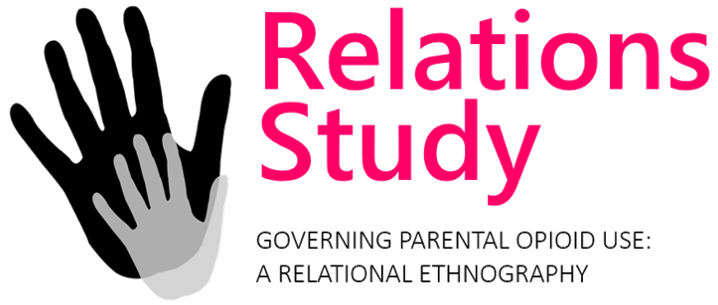Title: Examining the ‘Whole Family Approach’ to providing services, contrasting the policy agenda, rhetoric and reality.
Abstract
Background: Holistic ‘whole family approaches’ and ‘family inclusive practice’ are at the heart of policies for providing services to families affected by drug and alcohol use in Scotland and are recommended in England. Similarly, the drug strategies of most other European countries recognise the importance of supporting children affected by parental substance use. However, the approaches taken at a national level vary. The EMCDDA found ‘extensive provision’ of such services in Scandinavia, Portugal, and Italy. In this presentation, we will examine how practitioners represent, enact, reproduce, and contest the policy agenda through accounts and observations of their practice.
Methods: This presentation draws on data from an ethnographic study examining the governance of parental opioid use in Scotland and England. Twenty-two families (including 27 parents and 81 children), and 10 services (including 103 professionals) took part in the study. The study used a relational ethnography approach, and collected data using participant observation (staff team meetings, clinic and home visits, supervised contact visits, case conference/core group meetings), interviews with parents in the home (‘walk and talk’ sessions in the local community, telephone and video calls, visits to the park with their children, family, friends), interviews with staff (focus groups with staff teams, ‘workday debriefs’), and analysis of organisational policies, practice guidance, and parent information. Data were thematically analysed.
Results: Although, there are examples of successful implementation of whole family approaches including practitioners’ accounts of facilitating relational ways of working, a ‘strengths-based’ approach, holistic care, and the engagement of the wider family rather than offering support to individuals; and despite a strong policy landscape promoting the ‘whole family approach’ and ‘family inclusive practice’, these approaches are rarely implemented in practice. The data suggests that there are several barriers to implementing the ‘whole family approach’ in families where parents use/receive treatment for drug use, most notably existing working cultures. Our research suggests that many substance use treatment and social care services focus on individuals who use drugs rather than families. The bio-medical model dominates care, and teams work in silos. Barriers to implementing the ‘whole family approach’ is exacerbated by the assumption that drug use is incompatible with parenting.
Conclusions: The presentation concludes there is a need for a more social model of care underpinned by a social-ecological model, considering personal, social, economic, and political factors and a stronger focus on the wider caregiving environment.
Title: Representations of the problem of parental opioid use in interagency decision-making practices in England and Scotland.
Abstract
Background: To date, little attention has been paid to the practices of interagency decision making in families where parents use and receive treatment for drug use. This paper draws on the work of Timmermans, Mol and colleagues to explore the heterogeneity of practices that make up multidisciplinary decision making in the care of children of parents who use drugs, and of those parents. Differing professional understandings and representations regarding parents who use drugs impacts on their care and support and on child welfare outcomes.
Method: We draw on data from the Relations Study, an ethnographic study examining the governance of parental opioid use in Scotland and England. The study employed interviews and observations with parents and families, drug services social services, health and third sector services for families across six sites in England and four sites in Scotland. A thematic analysis was undertaken of verbatim interview transcripts and field notes from observations of consultations in family homes; drug-treatment clinical appointments; multi-agency case conferences; and social work case discussions.
Findings: Despite a longstanding UK policy emphasis on multi-agency decision making in child welfare practice, our analysis suggests conflicting representations of the problem of parents who use and are in treatment for opioid use amongst and within professionals from substance use treatment and child welfare agencies. We illustrate how drug treatment practitioners and children’s social workers hold differential thresholds for risk. We identified differing thresholds of adequacy and acceptability of parenting and different expectations of ways in which parents can demonstrate their motivation and engagement with treatment. We discuss how consensus is reached in multi-agency meetings and how the different framing of the problem by professionals in the different services impacts on decision making.
Conclusions: Decisions made in case conferences concerning risk have implications for whether children can be cared for by parents who use drugs. Despite representatives from a range of health and welfare professionals in meetings, child welfare professionals’ voices often dominate. We ask how more equitable representations of parents who use drugs might impact on how multi-agency consensus is reached.
